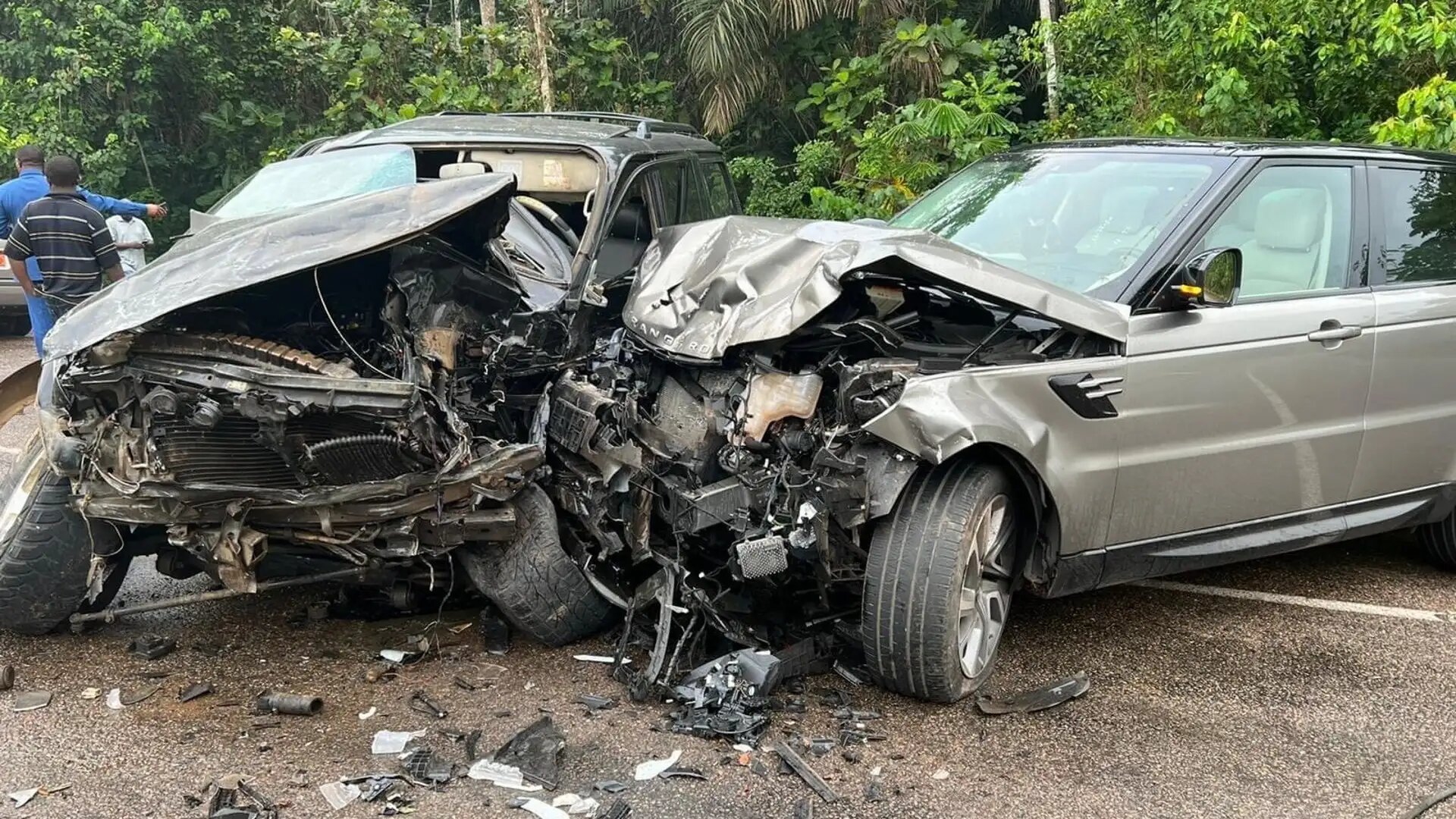
How Paul McCartney Dispelled the Myth of His Own Death
Allan Kozinn and Adrian Sinclair on One Beatle’s Reaction to the Band’s Impending Breakup
It was a bad move, probably the worst thing he could have done at the moment. Paul McCartney, the most publicity-savvy of the Beatles, knew that the instant he hurled a bucket of kitchen scraps at a pair of unwanted visitors to High Park, his hard-to-find, harder-to-reach farm in the Scottish countryside, near Campbeltown.
As the vegetable scraps, dirty water, and dinner leftovers flew through the air, Paul focused on his targets and realized that he knew one of the intruders. Terence Spencer, a photographer best known for his war coverage, had shot the Beatles periodically, starting in 1963.

Now on assignment for Life magazine, which had chosen him because of his relationship with the Beatles, Spencer was tagging along with Dorothy Bacon, who had been assigned to track down McCartney and get his response to a rumor sweeping the globe, to the effect that the doe-eyed bassist, singer and songwriter had been killed in an automobile accident in 1966, and that the Beatles, having suppressed word of his death, filled their post-1966 recordings with “clues” pointing to the truth.
Bacon had tried telephoning McCartney from London, with no luck, before driving to Scotland with Spencer. They arrived on Saturday, November 1, 1969, but their first attempt to reach High Park was fruitless. To get there, they had to cross the neighboring Low Park farm, whose owner, Ian McDougall, had agreed to prevent fans and reporters from reaching Paul’s highland sanctuary.
McDougall sent them packing, but later that afternoon, as they sat in a Campbeltown pub weighing their options, Spencer and Bacon overheard one of the locals tell another he would see him in church the next morning, and they realized that McDougall would likely be in church, too, leaving the way to High Park unguarded. So on Sunday at about 11:00 am, they tried again.

Leave a Reply